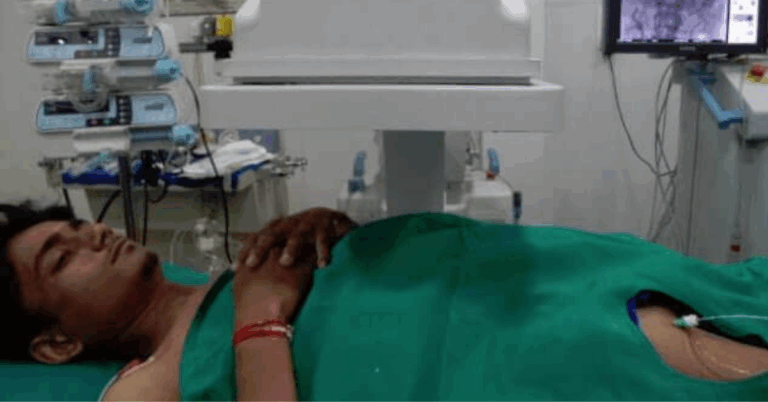Trends in Orthopedic Healthcare
The field of orthopedic surgery is constantly evolving with the integration of cutting-edge technologies. One significant advancement is the use of 3D printing to create patient-specific implants and surgical guides. This personalized approach allows for better fitting devices and more precise surgeries, ultimately leading to improved patient outcomes.
Additionally, robotic-assisted surgery is gaining popularity in orthopedic procedures. Robots can assist surgeons in performing intricate tasks with greater accuracy and control. The use of robotics in orthopedic surgery has shown promising results in terms of reducing complications, minimizing post-operative pain, and speeding up recovery times for patients.
Advancements in Minimally Invasive Procedures
Minimally invasive procedures in orthopedic surgery have significantly evolved in recent years, offering patients less pain, shorter recovery times, and improved outcomes. Surgeons can now perform complex procedures with smaller incisions, utilizing advanced imaging technology and specialized instruments to navigate with precision. From arthroscopic surgeries to spinal fusions, these advancements have revolutionized the field of orthopedics, providing patients with a less invasive alternative to traditional open surgeries.
One key aspect of minimally invasive procedures is the reduced risk of complications such as infections and blood loss, leading to faster healing and shorter hospital stays for patients. Additionally, the minimally invasive approach allows for less disruption to surrounding tissues, muscles, and bones, promoting quicker rehabilitation and return to normal activities. As these techniques continue to advance, the future of orthopedic surgery looks promising, with even more innovative procedures on the horizon to further improve patient outcomes and quality of life.
What are some examples of emerging technologies in orthopedic surgery?
Some examples of emerging technologies in orthopedic surgery include robotic-assisted surgery, 3D printing for custom implants, and augmented reality for surgical navigation.
How have advancements in minimally invasive procedures improved patient outcomes?
Advancements in minimally invasive procedures have led to quicker recovery times, reduced risk of infection, less scarring, and shorter hospital stays for patients.
Are minimally invasive procedures suitable for all types of orthopedic surgeries?
Minimally invasive procedures are not suitable for all types of orthopedic surgeries, but advancements in technology are expanding the range of procedures that can be performed using minimally invasive techniques.
What are the benefits of minimally invasive procedures in orthopedic surgery?
Some benefits of minimally invasive procedures in orthopedic surgery include less pain, smaller incisions, reduced blood loss, and faster rehabilitation.
How do minimally invasive procedures compare to traditional open surgeries?
Minimally invasive procedures typically result in less trauma to the surrounding tissues, reduced risk of complications, and faster recovery times compared to traditional open surgeries.
Are there any risks associated with minimally invasive procedures in orthopedic surgery?
While minimally invasive procedures are generally safe, there are still risks such as infection, nerve damage, and blood clots that patients should be aware of before undergoing surgery.






